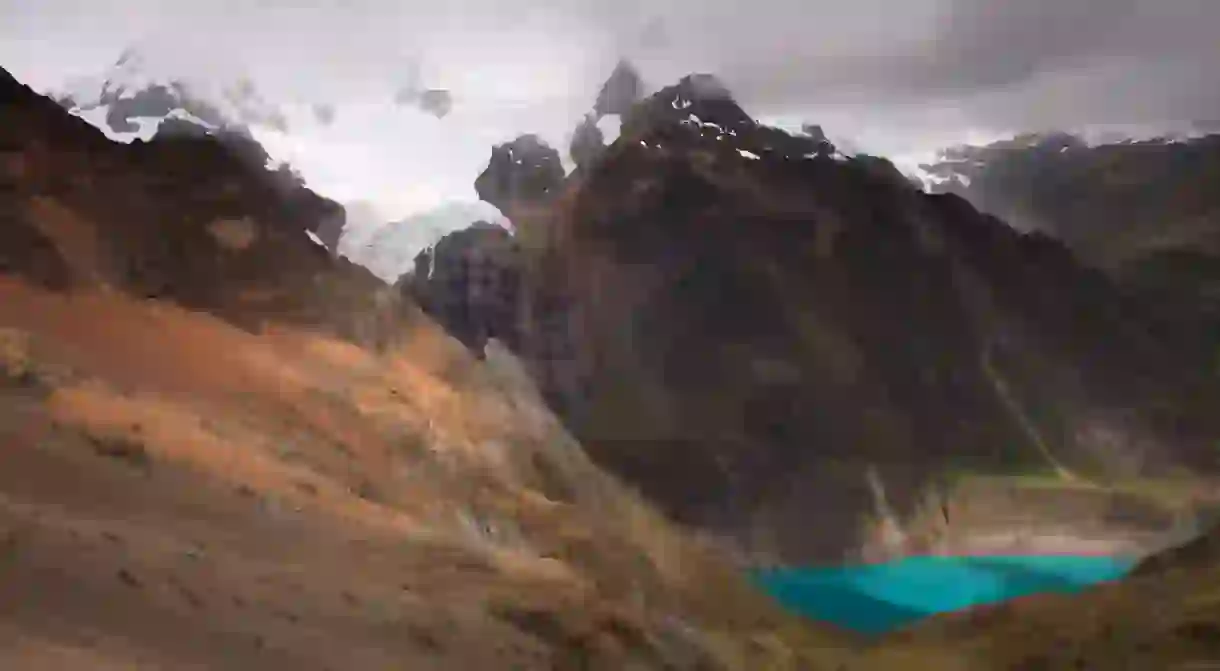The Best National Parks in Peru

Peru‘s national parks house some of the most diverse plant and animal species in the world. From the ocean to the beach and the jungle to the mountains, Peru’s parks have everything you could ever want to see. Here’s everything you need to know.
Manu National Park
Parque Nacional Manu is Peru’s best protected and perhaps its most popular park. It is visited by hundreds of tourists, most of whom, after spending several days enjoying the Sacred Valley, decide to change the mountainous cold for the warm humidity of the jungle. With about 1.7 million hectares of rainforest, the park contains an incredible amount of animal and planet diversity. There are lodges deep in the jungle that offer you greater chances at seeing some of the jungle’s larger more elusive animals like monkeys and jaguars. You can also take tours where you just might be able to spot giant river otters. The parks unique location near the Andes and its natural beauty and wildlife makes it Peru’s must-see national park.

Pacaya Samiria National Reserve
This reserve encompasses an area of flooded rainforest in Peru’s northern part of the Amazon Rainforest. Go to the Amazon city of Iquitos and from there you can head to Pacaya Samiria. To really explore the reserve you must get a boat or cruise that will take you on a tour. There are even luxury cruise options in the jungle that’ll take you to see the famous pink river dolphin.

Titicaca National Reserve
Visitors go here more for the culture of the Uros people than for anything else. Though the Titicaca Reserve encompasses a large lake and its surrounding area in the Andes, offering a unique landscape and stunning views, it is perhaps most famous for the floating reed islands that have been constructed by the Uros people in the lake. The islands were built centuries ago in order to escape invaders, and require constant rebuilding as the bottom slowly rots away. These surreal artificial islands are unlike anything you’ve ever seen. The lake is home to a variety of different birds, 14 types of fish and about 18 different frogs whose populations are rebounding thanks to its status as a national reserve.

Paracas National Reserve
Located along Peru’s southern coast, this national reserve is a protected area covering coastal water, islands and mainland sections. It was created in large part to protect cultural artefacts from the Paracas people found here by archeologists (some of the Americas’ oldest remains were discovered in the area), which in turn drew the attention of robbers. To help protect the area and the Paracas remains, the Peruvian government helped by protecting the land not only from thieves but from companies potentially building on top of historical remains. The islands inside the park are home to a variety of marine life and the park’s red beach is famous for its unique and rugged beauty.

Huascaran National Park
The Huascaran National Park is home to a chain of snowcapped peaks that comprise the longest tropical range in the world, making for some epic mountain photos and outdoor activities. The park is a perfect place for backpackers and adrenaline junkies, offering fantastic spots for white-water rafting, mountain climbing, altitude hiking and fishing. The park is named after its highest peak, which is one of the highest in all the Andes.

Cutervo National Park
Cutervo National Park was the first protected park in Peru. The park’s main attraction is its Guacharos cave, which houses the guacharo or oilbird. The guacharo is the world’s only nocturnal flying, fruit-eating bird (they use echolocation at night to find their meals) and looks like a white speckled cross between an owl and a pigeon. Visitors to the park can take tours of the cave to see this rare bird, while there’s also the opportunity to see the Andean short-faced bear.
Tambopata National Reserve
One of Peru’s largest preserved rainforests, this reserve covers over 200,000 hectares of tropical forest housing a high diversity of animals and plants. Like other tropical rainforests, you’ll be able to spot monkeys, exotic and colorful birds and, of course, large and repulsive insects. The park’s proximity to the little town of Puerto Maldonado makes this park only a short ride away from the town if you’re trying to save some money.














